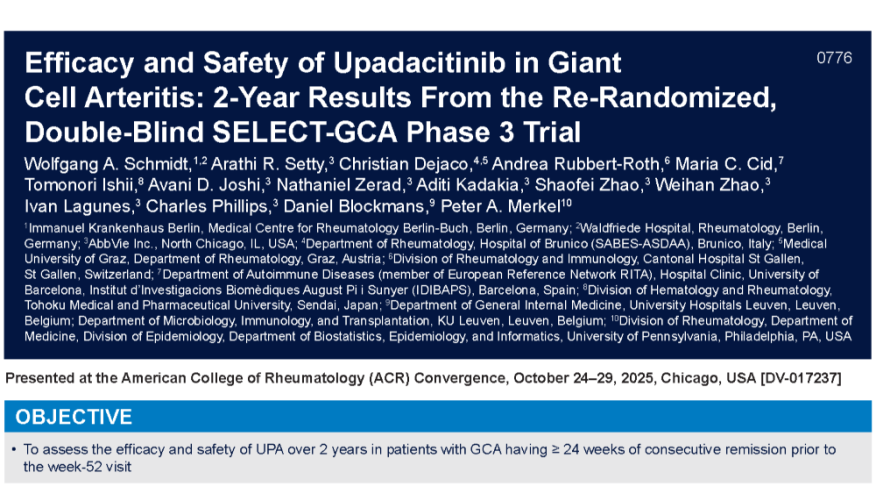Antenatal Corticosteroids and Serious Infection in Offspring Save

A claims data study shows that maternal use of antenatal corticosteroids may be associated with an increased risk of serious infection in the offspring's first 12 months.
The study used combined, cross-referenced data from the Taiwanese National Health Insurance Research Database, Birth Reporting Database, and Maternal and Child Health Database, between January 2008 and December 2019. The primary outcome was serious infection (SIE) incidence rates during the first three, six, and 12 months of life in steroid exposed vs. unexposed children.
The study included 1,960,545 pairs of pregnant individuals and their singleton offspring. Of these, 45,232 children were steroid exposed and 1,915,313 were not exposed to antenatal corticosteroids. SIE included sepsis, pneumonia, acute gastroenteritis, pyelonephritis, meningitis or encephalitis, cellulitis or soft tissue infection, septic arthritis or osteomyelitis, and endocarditis.
Infant SIE rates were higher in those exposed to steroids. The adjusted hazard ratios for overall serious infections:
- at six months of life (adj HR 1.32; 1.18 to 1.47, P<0.001 for overall serious infection (also significant for sepsis; pneumonia; and acute gastroenteritis).
- at 12 months of life serious infection (P<0.001), sepsis (P=0.02), pneumonia (P<0.001), and acute gastroenteritis (P<0.001)
Children exposed to antenatal corticosteroids had a significantly increased risk of serious infection in the first 12 months of life. These results were irrespective of the indication for maternal steroid use.











If you are a health practitioner, you may Login/Register to comment.
Due to the nature of these comment forums, only health practitioners are allowed to comment at this time.